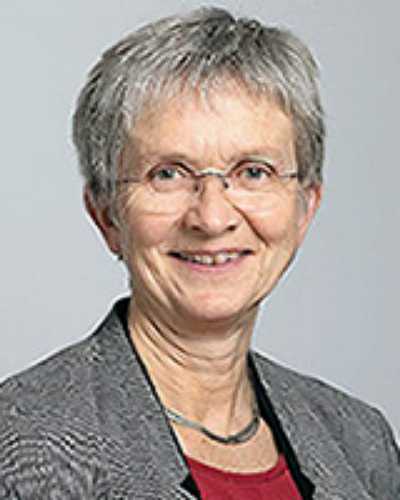Abstract
Introduction: Recruiting doctors in rural areas is challenging. Various educational interventions have been introduced in many countries. This study aimed to explore undergraduate medical education interventions introduced to recruit doctors to rural areas, and the results of these interventions.
Methods: We undertook a systematic search using search words 'rural', 'remote', 'workforce', 'physicians', 'recruitment' and 'retention'. We included articles meeting the following criteria: educational interventions clearly described; study population consisted of medical graduates; and outcome measures included place of work (rural/non-rural) after graduation.
Results: The analysis included 58 articles and encompassed educational interventions in ten countries. There were five main types of interventions, often used in combination: preferential admission from rural areas; curriculum relevant to rural medicine; decentralised education; practice-oriented learning in rural areas; and compulsory service periods in rural areas after graduation. The majority of the studies (42) compared place of work (rural/non-rural) of doctors graduated with and without these interventions. In 26 studies, odds ratio for rural place of work was significant at a level of 5%, with odds ratios between 1.5 and 17.2. Significant differences in the proportion with a rural/non-rural place of work were shown in 14 studies, differences ranging from 11 to 55 percentage points.
Discussion: Changing focus of undergraduate medical education towards development of knowledge, skills and teaching arenas that equip doctors with competencies to work in rural areas has an impact on the recruitment of doctors in rural areas. Concerning preferential admission from rural areas, we will discuss if national and local contexts makes a difference.
You might also be interested in:
2020 - A bitter pill to swallow: registered nurses and medicines regulation in remote Australia
2016 - Doctors as street-level bureaucrats in a rural hospital in South Africa


